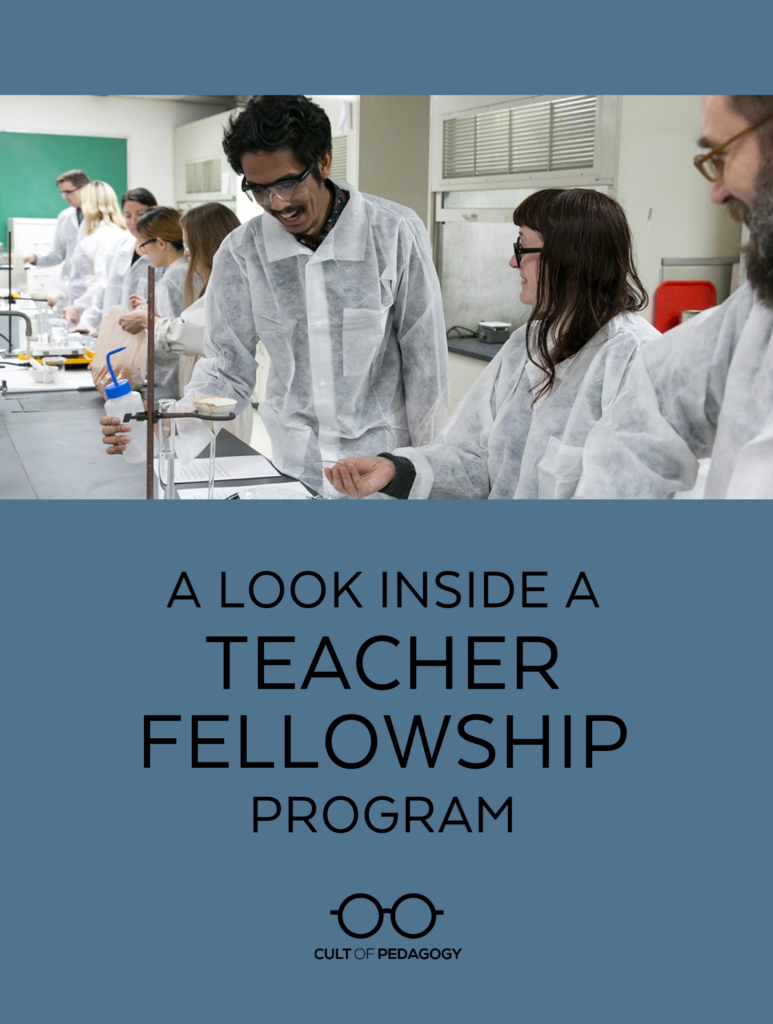
Listen to my interview with Megan Roberts and Ashraya Gupta (transcript):
Sponsored by Microsoft Teams and 3Doodler
In our work as educators, we have dozens of different ways we can grow, and there’s really no limit to how much better we can get. So it’s no wonder there are so many different models of professional development available to us. In a recent post, I went through nine fresh alternatives to the traditional sit-and-get model of PD.
Now I’d like to look more closely at another option, something a little more advanced that is only offered in a few places right now but that could be replicated all over the place: teacher fellowships. Usually funded and managed by a larger organization (often a non-profit), a fellowship program accepts participants through a rigorous application process. Once accepted into a cohort, the teachers are given regular opportunities to collaborate with each other and pursue their professional growth.
We’re going to take a look at one specific teacher fellowship program—Math for America—to see how it works. Although this fellowship is for math and science teachers, it’s a model that could be replicated for any subject area.
As we explore this program, think about how you or someone you know might be able to get something like this started in your area. We’re living in a time when a whole lot of people are trying to figure out how to improve education and make sure we keep excellent people in the classroom. Math for America has figured out one way to make that happen, so let’s see how they do it.
The Program: Math for America
Math for America (MƒA) awards four-year fellowships to accomplished math and science teachers in New York City. They start by carefully choosing teacher fellows—called Master Teachers—through a rigorous application process. Once the Master Teachers are selected, they receive a stipend for all four years of their fellowship (currently $60,000 total), along with regular opportunities for professional growth.
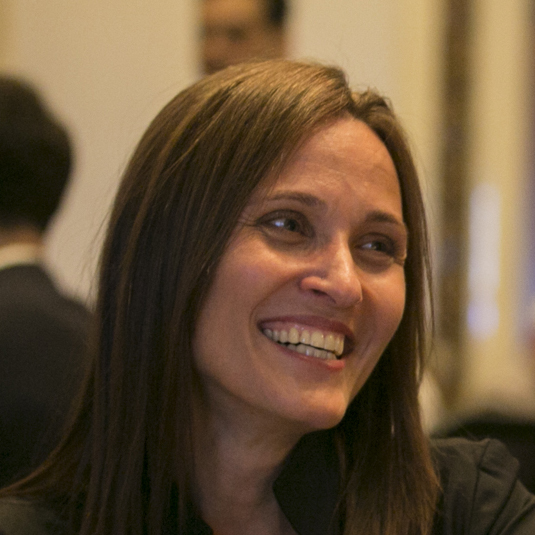
Megan Roberts, MƒA Executive Director
“We think that one of the biggest challenges we have nationally is a challenge of retention as well as one of the profession having enough respect,” says Megan Roberts, MƒA’s Executive Director (Listen to our full interview above.) “So our mission is to take the teachers who are already highly accomplished, develop a really strong community of them, and nurture things that they’re already good at (by putting) in front of them some really cutting edge, progressive opportunities to continue their own learning.”
The Application Process
Apart from submitted learning plans, recommendations, and Praxis scores, prospective Master Teachers also participate in a day-long in-person interview process, in which candidates are put into groups to collaborate on various tasks and discussions. During these sessions, MƒA staff are looking for things they wouldn’t be able to see on paper: communication and listening skills, yes, but also qualities like humility and vulnerability.
“We’re really interested in seeing how a teacher collaborates with other teachers,” Roberts explains. “As teachers, as you become more professionally mature, you become more professionally humble, which makes you professionally more professional. Having teachers engage with other applicants tells us a lot about how they would behave in a four-year group setting with a lot of really smart, talented people.”
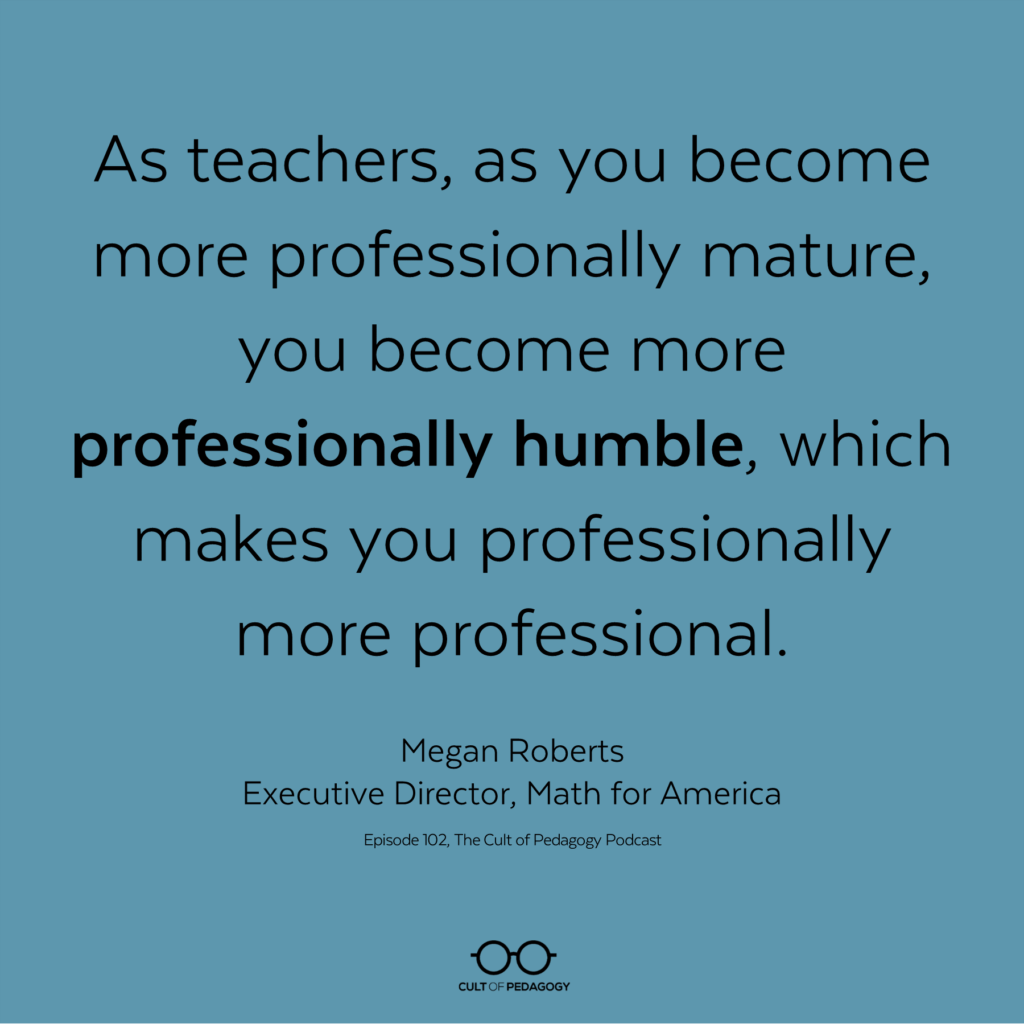
What Master Teachers Do
So once a person has been accepted into the fellowship, what do the next four years look like?
One of the cornerstones of MƒA’s program is the wide variety of courses it puts together every semester for Master Teachers. “We operate like a mini university, where we put out a catalog every semester,” Roberts explains.
The course lineup is developed after surveying current Master Teachers about the kinds of courses they’d like to see in the upcoming year. The courses themselves are either taught by the Master Teachers themselves or by guest experts who are brought in to teach.
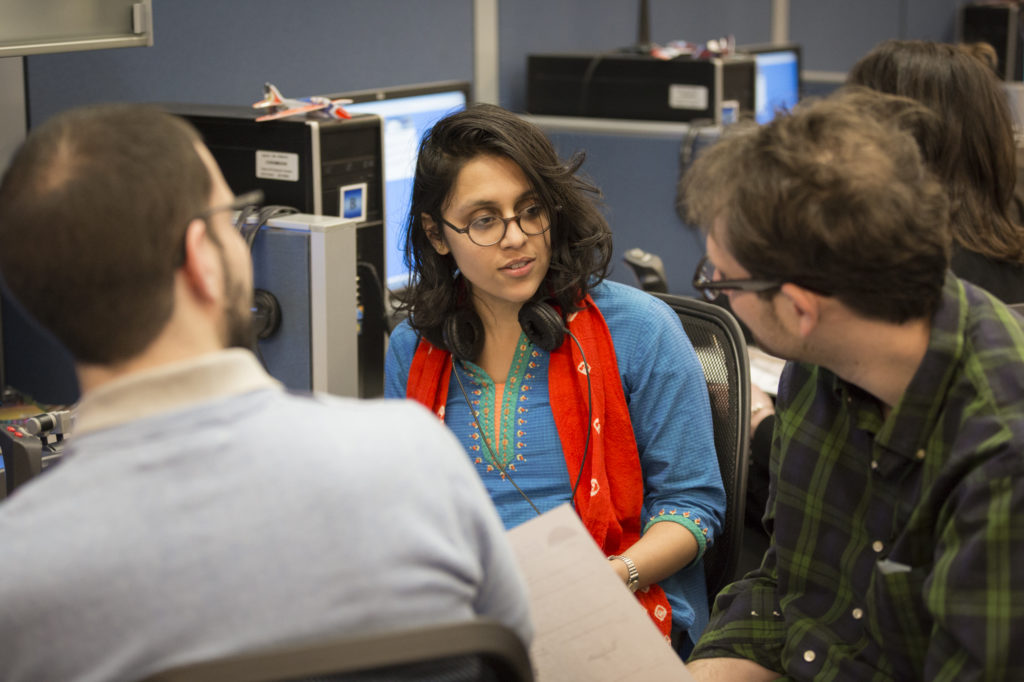
Chemistry teacher Ashraya Gupta is currently in her second fellowship as an MƒA Master Teacher.
Ashraya Gupta, who is now in her second fellowship with MƒA, describes how she ended up co-teaching a course on silk screening. She was initially inspired by a course she took on pigments at the Pratt School of Design. “I’m a chemistry teacher, and I want to know more ways to put art into my classroom. So I want to learn about silk screening. (MƒA) put me in touch with another master teacher who was already doing that in her classroom, and then together we put a course together just this past spring.”
Along with the stipend and the courses, MƒA also offers opportunities for leadership and mentorship, plus additional funding for travel to conferences and classroom materials. While all of this contributes to the excellence of the fellowship, it’s the opportunities to collaborate with other outstanding teachers that makes it really special. “I could fill out a gazillion proposals for funding to do a lot of the things that I’ve used my MƒA funds to do,” Gupta says, “but for me what makes it different from a grant-based sort of program is the community.”
A Model of Trust
One surprising aspect of MƒA’s model is how thoroughly it respects teachers as professionals: There’s no required documentation, no heavy paperwork, no mining student data for evidence that it works. They simply choose excellent teachers, give them time, space, and funding to learn and grow together, and trust that this will naturally result in better teaching.
Instead of focusing on metrics like student test scores and teacher observation, Gupta says, “here it feels like the outcome is primarily focused on making sure the experienced teachers stay in the classroom.”
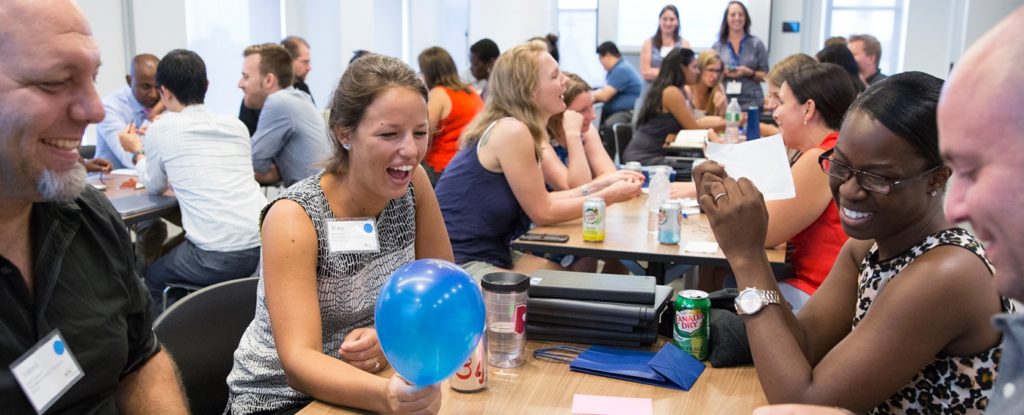
“So Ashraya learns what she wants to learn, when she wants to learn it, how she wants to learn it,” Roberts says. “That’s it. We are incredibly interested in what that impact is on her. We’re also interested in what her professional goals are, all of them are validated, all of them are good. We spend a lot of time looking at what the impact is of these teachers, but none of those are reflection of evaluating her or what’s expected of her.”
“And all of that relies on trust,” Gupta continues. “There’s trust on both parts: The organization trusts teachers to be the ones to lead this work, and teachers trust the organization to—”
“Let them do it,” Roberts says.
Gupta agrees. “Exactly.” ♦
Starting a Fellowship Program in Your Area: The people at MƒA believe strongly in the value of their program for keeping excellent teachers in the classroom, and they want to help launch similar programs in other places and other subject areas. To learn more about how they can help you start your own program, contact them at mathforamerica.org.
Join my mailing list and get weekly tips, tools, and inspiration that will make your teaching more effective and fun. You’ll get access to our members-only library of free downloads, including 20 Ways to Cut Your Grading Time in Half, the e-booklet that has helped thousands of teachers save time on grading. Over 50,000 teachers have already joined—come on in.




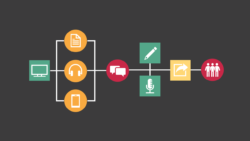
Lately, I have been listening to your podcast as I walk my dog in the morning. Such a great time to listen, refresh, and simply get rejuvenated. Thank you for motivating me and so many other teachers! Kudos to all of you 🤓
Thanks, Mary — I’ll share this with Jenn so that she’s sure to see this!